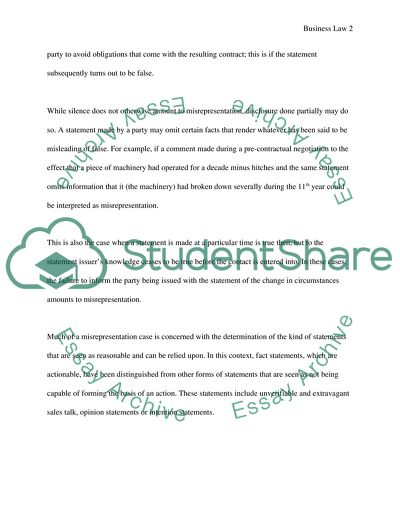Cite this document
(Business Law: The Finding of Misrepresentation Case Study - 10, n.d.)
Business Law: The Finding of Misrepresentation Case Study - 10. Retrieved from https://studentshare.org/law/1739692-business-law
Business Law: The Finding of Misrepresentation Case Study - 10. Retrieved from https://studentshare.org/law/1739692-business-law
(Business Law: The Finding of Misrepresentation Case Study - 10)
Business Law: The Finding of Misrepresentation Case Study - 10. https://studentshare.org/law/1739692-business-law.
Business Law: The Finding of Misrepresentation Case Study - 10. https://studentshare.org/law/1739692-business-law.
“Business Law: The Finding of Misrepresentation Case Study - 10”. https://studentshare.org/law/1739692-business-law.


